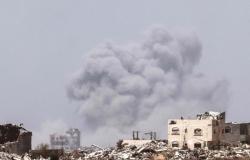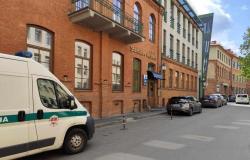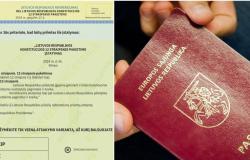
In the eighth of the 20th century In the 1990s, theater art in the Soviet Union gradually freed itself from the grip of ideology, but it was difficult to do so.
At that time, the influence of censorship on Lithuanian theaters was most clearly seen in the formation of their repertoire, where it was mandatory to observe proportions: about 40% of the plays performed had to be written by Soviet authors, 20% by contemporary Lithuanian playwrights, 15% each of the works had to be Russian classics and Lithuanian and other foreign works. classics, and 10% – works of other socialist countries.
A special repertory commission operated under the Ministry of Culture of the USSR, which rejected politically unacceptable plays and submitted lists of Soviet Russian dramaturgy recommended for theaters. Attendance at theaters had to be reported to the Ministry of Culture of the Soviet Union.
Theaters, like industrial companies, had to fulfill and exceed plans, actors fulfilled the “norms” of performances and roles. The financial situation of the actors and the theater as a whole depended on the fulfillment of these commitments and obligations.
Establishment of a youth theater
The Young Audience Theater in Vilnius was established in 1965. on January 29, and on December 17 of the same year. was renamed the LTSR State Youth Theater. The “Young Spectator” theaters, which were popular throughout the Soviet Union, were supposed to educate and educate the younger generation with their performances.
Since the beginning of its activity, the Youth Theater in Vilnius sought to create a new model of such theater, which gave the opportunity to young viewers and creators to speak more boldly about the experiences of their generation, opposing politicians and theater critics who demanded more analysis of societal, social and production conflicts.
The beginning of the youth theater was not easy. The theater had to fulfill performance quotas, participate in commemorations of various historical events, festivals and contests imbued with ideology.
The activities of the newly opened theater were also hampered by financial and physical challenges: the scenery warehouses were scattered all over Vilnius, the performances took place in the huge hall of the Trade Unions’ Palace of Culture, which could accommodate 1000 spectators, but did not meet the technical requirements, and the rehearsals took place in the smaller, former Liudo Giros street. Construction of the new theater building in Arklių st. was very slow.
Tags: history youth theater Soviet era queues box office stretched night Life





